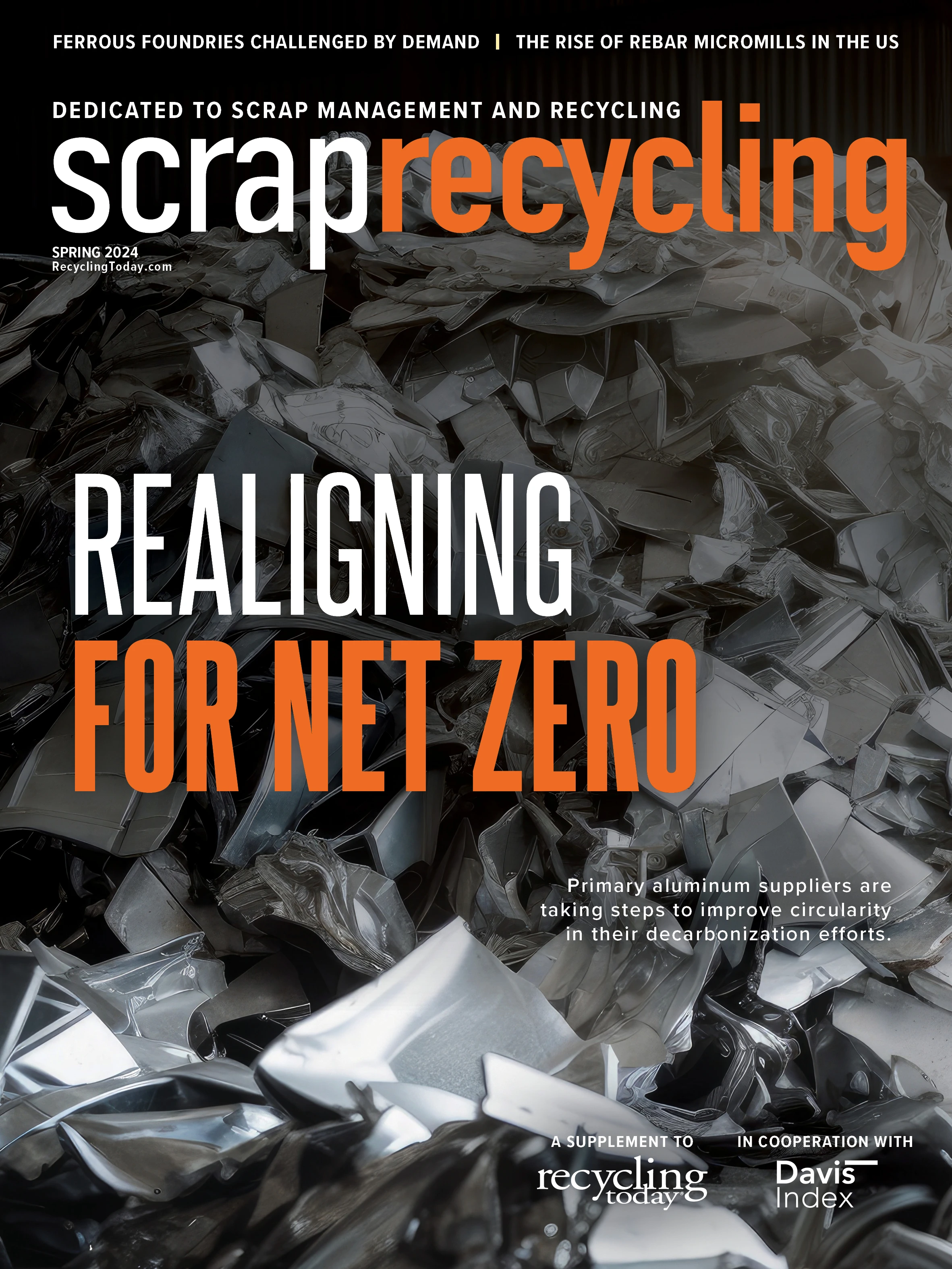
BRX, a ferrous recycler based in Mexico’s northern region, is traversing a scenario where opportunities could offset potential operational and market headwinds that can stifle growth. However, the most immediate challenge is securing material, according to BRX Commercial Director David Martinez.
“Competition remains strong in Monterrey and the entire northern state of Nuevo Leon for repurposed material in the ferrous sector,” Martinez says. “Moreover, while strategic relationships between the steel mills and recyclers are much more streamlined, sourcing the material from the street remains an informal process, which proves challenging for recyclers.”
Volatility in the domestic finished steel market is another headwind. “For example, the demand for long products is low at present,” he says.
On the other hand, recyclers in the northern region like BRX have a good working relationship with their counterparts across the border in the U.S., where they source material from strategic partners.
BRX currently follows the 80/20 model for procurement, with 80 percent coming from industrial providers and 20 percent from smaller local providers. The company currently sources ferrous scrap from up to 50 total providers.
Martinez suggests reinforcing the relationships between buyers and suppliers can be the key to a company’s prolonged growth.
“It’s about upholding those agreements and respecting those orders,” he says. “Seriousness in our supply agreements is paramount. Quality service is also an important factor.”
A prized location
It is no secret that Mexico’s geographic location, mainly its proximity to the U.S., has been an asset for the country’s industrial sector.
Ternium, a Luxembourg-based steelmaker that operates steel mills in Mexico and Argentina, predicts strong steel demand in Mexico this year, partly derived from steelmakers looking to relocate production to Mexico and access growing steel demand in the U.S. market. Demand for steel in the U.S. is expected to rise further as more infrastructure projects announced under the Inflation Reduction Act and other legislation take off in the near to medium term.
Steel demand also has increased in Mexico following a slew of projects announced by international automakers in the Nuevo Leon region. To keep up with demand, Monterrey, Mexico-based EAF steelmaker DeAcero plans to invest $1 billion to add 1.2 million metric tons of steel output to its annual capacity, and DeAcero President Raul Gutierrez expects $30 billion to $50 billion in nearshoring-relatedinvestments by 2030.
“These increased steelmaking capacities will create a greater demand for ferrous processors like us,” Martinez says.
“Three new mills are slated for commissioning in the region. Our geographic position is also an asset, while another advantage will be more auto assembling companies coming to our region. They will bring their own providers to manufacture certain parts and materials. So, nearshoring is good for us.”
Thus, BRX sees growth opportunities in four areas: new mills, U.S. demand, direct rail access to the plant and the new auto assembly plants.
“Building on already existing commercial relationships is also an area that will bring growth,” Martinez says.
BRX exports approximately one-third of its output to the U.S., specifically to Texas, and pricing and exchange rates will play an important factor in increasing that ratio. Martinez notes that U.S. and Mexican prices were more on par before the pandemic, with Mexico sometimes even edging out its U.S. counterparts for certain grades, though that has changed over the past several years. Still, he is hopeful the price gap will narrow.
“Before the pandemic, the normal spread between the U.S. and Mexico was $40 to $50 per metric ton for some grades, and we seem to be moving back to that range again,” says Martinez, who spoke to Scrap Recycling in April. “The Mexican ferrous scrap market did go crazy for a little while, but in two or three months, we should revert to the historical spreads.”

A looming threat
However, Mexico and the overall Latin American region have a more immediate threat to contend with—steel imports from China. For example, Chile recently closed its mill in Siderurgica Huachipato, because of the onslaught of inexpensive imports from China.
Martinez says implementing tariffs on imported steel has helped, though more needs to be done, and only time will tell whether Mexico could find itself importing scrap from China at much lower prices.

Explore the Spring 2024 Scrap Recycling Issue
Check out more from this issue and find your next story to read.
Latest from Recycling Today
- Aqua Metals secures $1.5M loan, reports operational strides
- AF&PA urges veto of NY bill
- Aluminum Association includes recycling among 2025 policy priorities
- AISI applauds waterways spending bill
- Lux Research questions hydrogen’s transportation role
- Sonoco selling thermoformed, flexible packaging business to Toppan for $1.8B
- ReMA offers Superfund informational reports
- Hyster-Yale commits to US production





